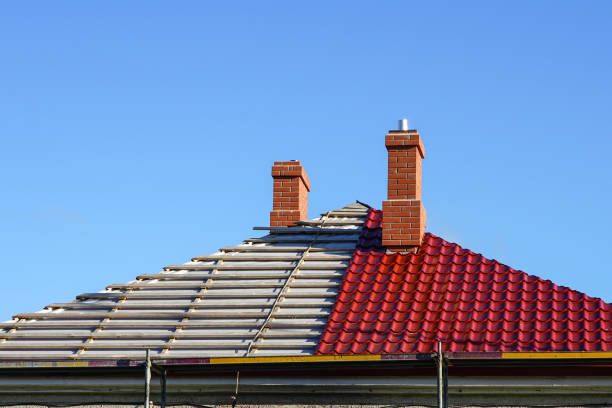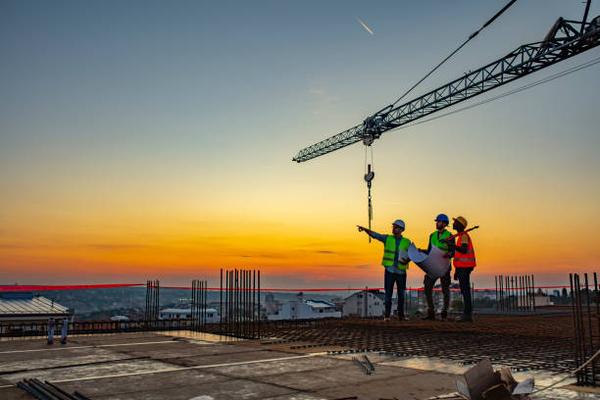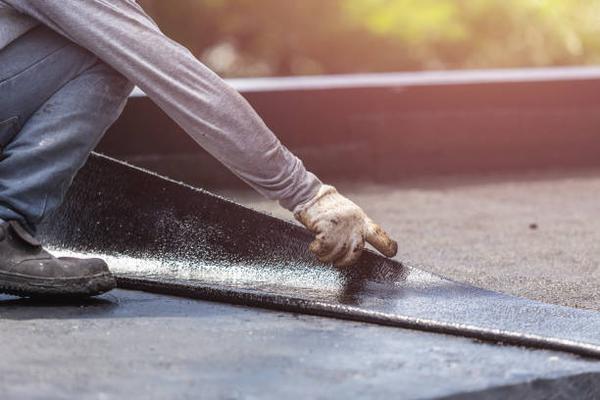When it comes to designing a roof for a building, one of the key considerations is the pitch and slope of the roof. The pitch refers to the steepness of the roof, while the slope refers to how much the roof slants from its horizontal position. Both factors play a crucial role in determining how well a roof will perform in terms of shedding water, preventing leaks, and providing adequate drainage.
There are several key considerations that need to be taken into account when determining the pitch and slope of a roof. One of the most important factors is the climate in which the building is located. In areas with heavy rainfall or snowfall, a steeper pitch and slope are typically recommended to ensure that water and snow can easily run off the roof without causing any damage. On the other hand, in drier climates where rain is less frequent, a lower pitch and slope may be sufficient.
Another important consideration is the size and shape of the building itself. A larger building with multiple levels may require a steeper pitch and slope to accommodate for its size and provide adequate drainage. Additionally, buildings with complex architectural features such as dormers or gables may also require specific pitches and slopes to ensure proper water runoff.
The type of berkley roofing material being used is also an important factor when determining roof pitch and slope. Certain materials such as asphalt shingles or metal roofing may have specific requirements for pitch and slope in order to maintain their integrity and prevent leaks. It’s important to consult with a roofing professional to determine what pitch and slope are best suited for your chosen roofing material.
In addition to these factors, local building codes and regulations must also be taken into consideration when designing a roof. These codes often dictate minimum requirements for roof pitch and slope based on factors such as wind resistance, snow load capacity, and overall structural integrity. Failure to comply with these regulations could result in costly fines or even legal action.
Overall, choosing the right pitch and slope for your roof is essential for ensuring its long-term durability and performance. By taking into account factors such as climate, building size, roofing material, and local regulations, you can design a roof that will not only look great but also provide superior protection against the elements. If you’re unsure about what pitch or slope is best for your project, don’t hesitate to seek advice from a qualified roofing professional who can help guide you through this important decision-making process.
Murray Built Construction
2318 W Eleven Mile Rd, Berkley, MI 48072
248-617-4580




